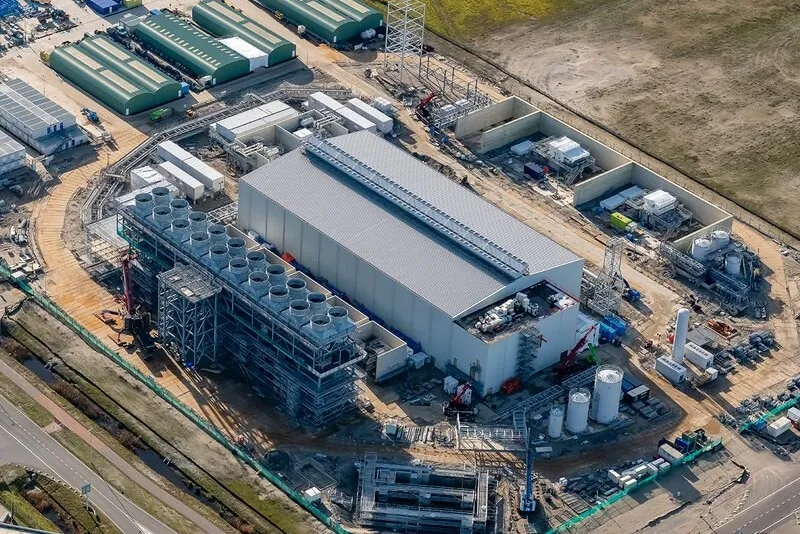OPINION | Europe's lead in the green hydrogen market shows that policies and pipes trump power prices
Multiple 100MW+ projects are post-FID or under construction even in parts of Europe where renewable H2 is expensive to produce, writes Polly Martin

Assuming it starts operations by the end of 2027 as planned, the green hydrogen project will be the second of its size to be completed in the Netherlands, after Shell's under-construction 200MW Holland Hydrogen 1. A number of other developments with 100MW or more in electrolyser capacity have also passed FID or begun construction throughout the EU.
The first and biggest part of the answer is policy support. The EU has set out clear mandates for renewable hydrogen and its derivatives to be used in industry and transport by 2030, with member states expected to transpose these targets into national legislation, meaning potential buyers have a clear deadline to purchase enough green molecules to meet these targets.
For example, ELYgator had been one of the projects to secure an undisclosed sum in subsidies from the Dutch government’s recent near-billion-euro auction (which ended up allocating only €700m across 11 winners), and had already lined up a buyer in TotalEnergies.
Politically, it makes sense that European governments would prioritise projects built within their borders, which would boost construction and operation jobs in tandem with reducing emissions from their own industries and transport.
But the EU and its member states have also provided grants or development bank loans for overseas projects, albeit at a much smaller scale. The H2Global mechanism, originally launched by Germany, is even designed to subsidise the imports of green hydrogen and its derivatives — but has only seen one winner, Fertiglobe, allocated funding to date.
De-risking delivery
Another part of the answer is that it is simply easier for green hydrogen produced in Europe to be delivered to end users within the same country compared to export-oriented developments, particularly in nations beyond the reach of a pipeline.
Air Liquide already operates an existing hydrogen pipeline network, which would allow green molecules produced at ELYgator to be immediately fed to customers in the Netherlands and Belgium.
Meanwhile, the largest export-oriented project in the world — Saudi Arabia’s 2.2GW Neom project — will convert green hydrogen into ammonia, a product which is already shipped overseas and can be safely handled at several European ports.
However, co-developer Air Products had originally laid out plans to crack the ammonia back into hydrogen, which would require additional cracking infrastructure to be installed at European ports.
Air Products has taken on a 30-year exclusive offtake agreement to buy green ammonia from the Neom complex to sell on to other demand centres. But in recent years, it has struggled to sign offtake agreements with end-customers, much to the chagrin of shareholders.
Similarly, the winner of the first H2Global auction, Fertiglobe in Egypt, will require a 100MW green hydrogen project by Scatec to start up before it can begin producing renewable ammonia at an existing fertilizer production site.
Scatec has not yet taken a final investment decision on its Egypt Green Hydrogen project, which could risk its offtaker being late to start supplying Germany with 397,000 tonnes of ammonia in total between 2027 and 2033.
As such, some European offtakers may consider it a safer option to procure renewable hydrogen or its derivatives made locally, even at a much higher cost, than to bet on an entire value chain of production, export terminals, and import infrastructure coming on line at the right time.
This could explain why, although northern Sweden boasts the largest renewable hydrogen project in Europe under construction (the 700MW Stegra green steel facility), Germany is further ahead with 880MW of capacity post-FID across multiple large-scale projects by BP, RWE, EWE, Shell and Salzgitter — despite its power prices being some of the highest in Europe.
So while it can be tempting to boil down the success or failure of projects to the levelised cost of hydrogen production, FIDs in Europe might demonstrate that policy and perceived risk around alternative sources of supply can outweigh cost as a driver for industrial demand.